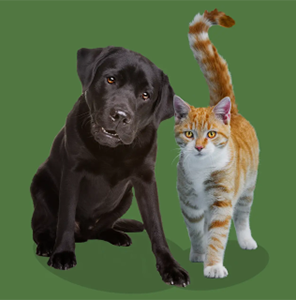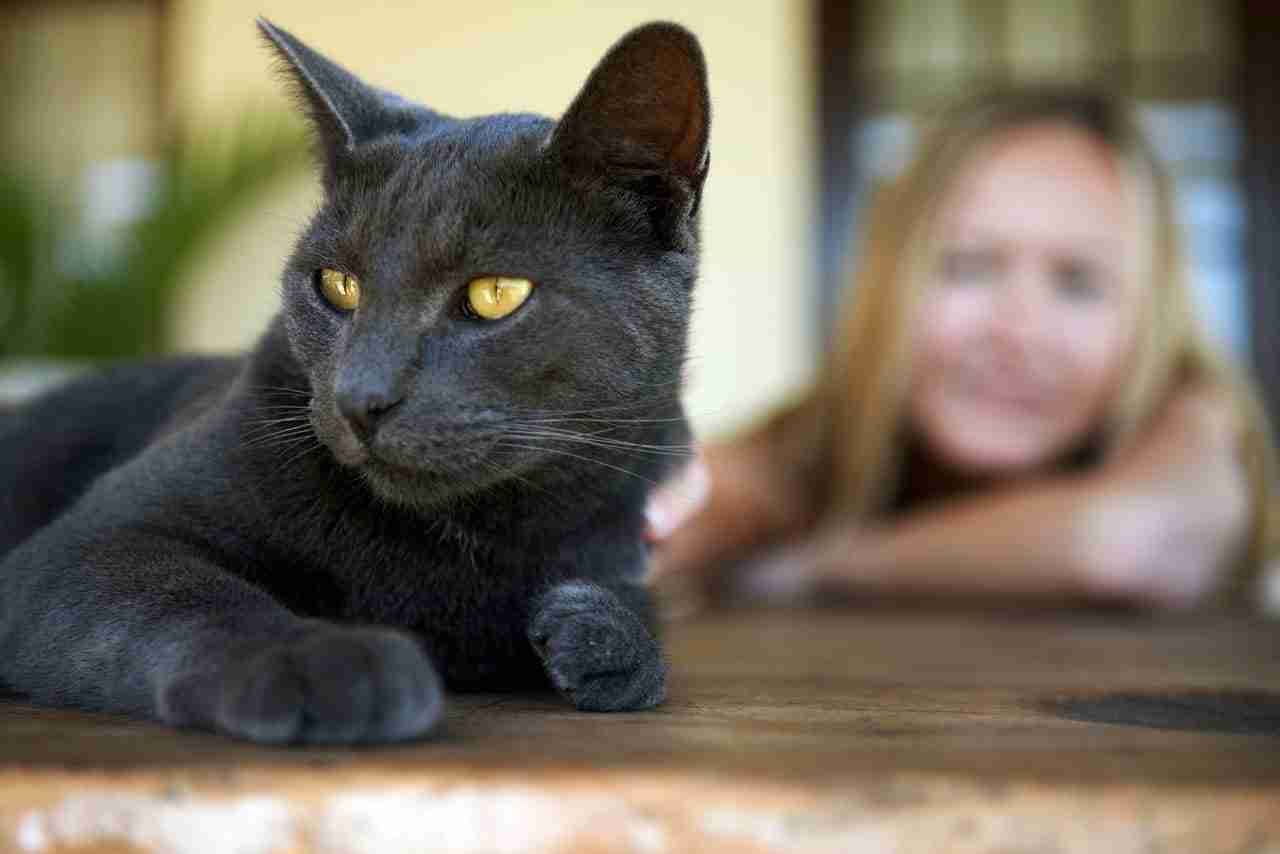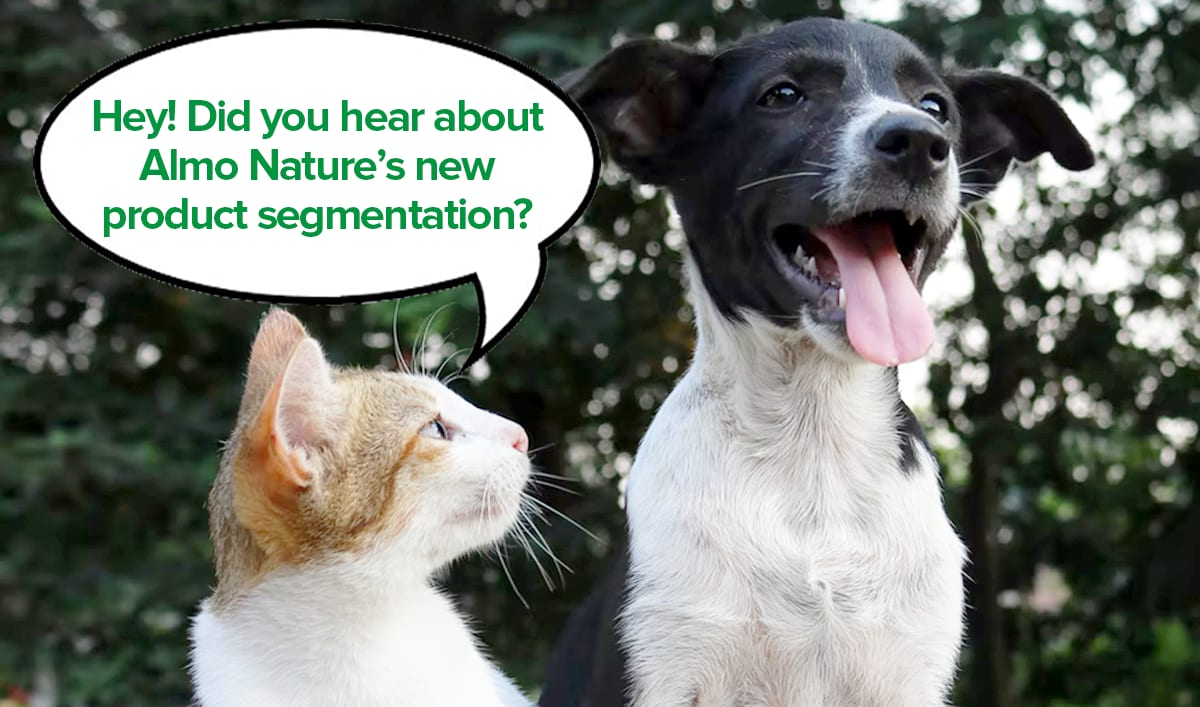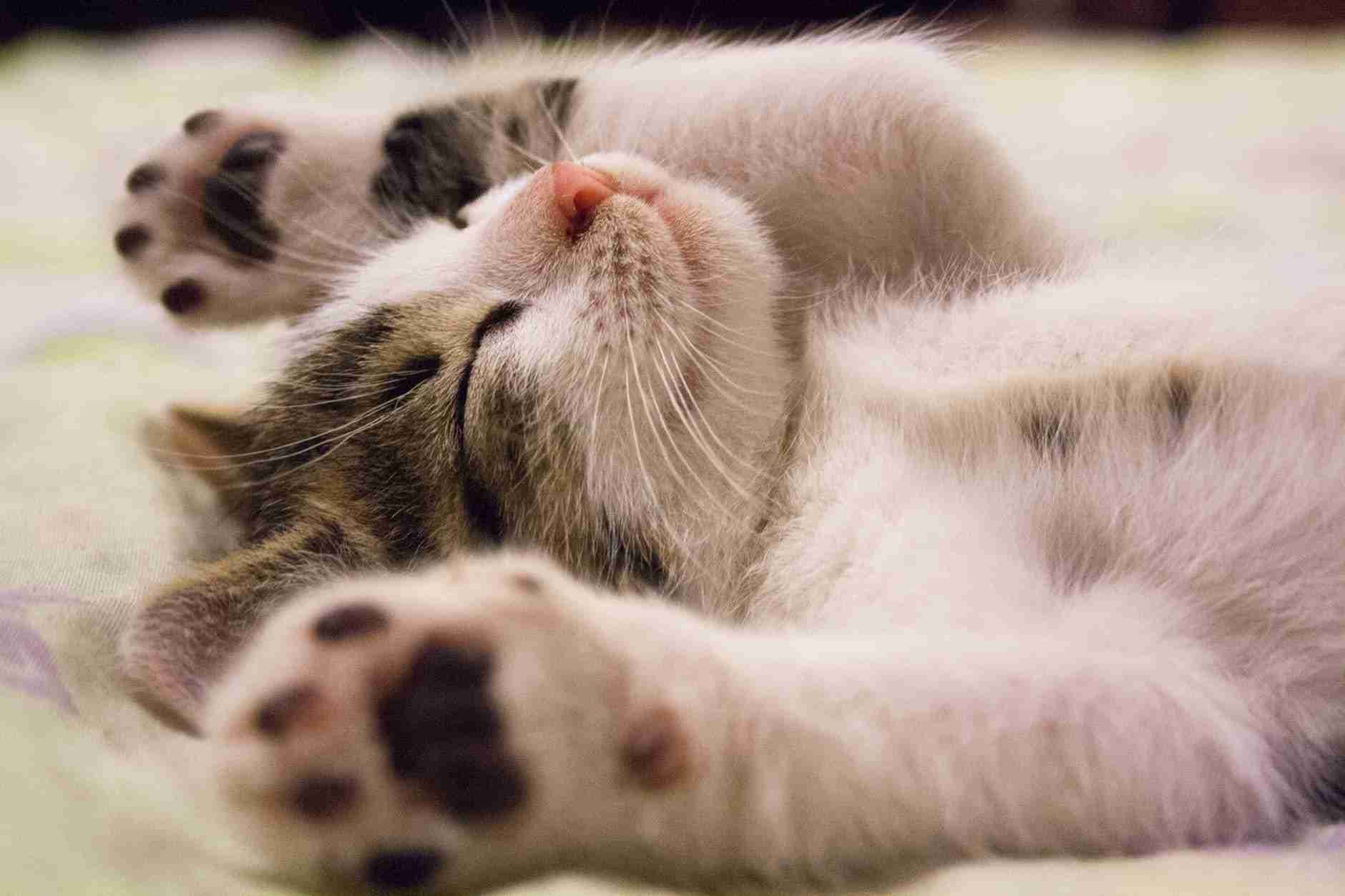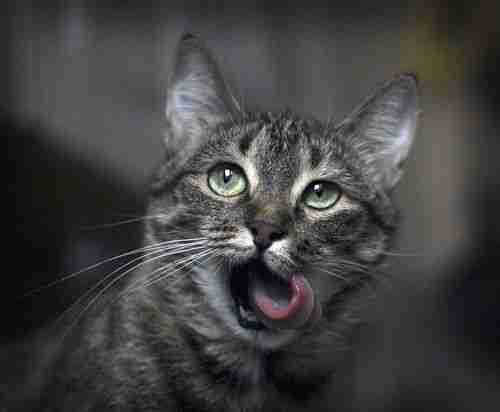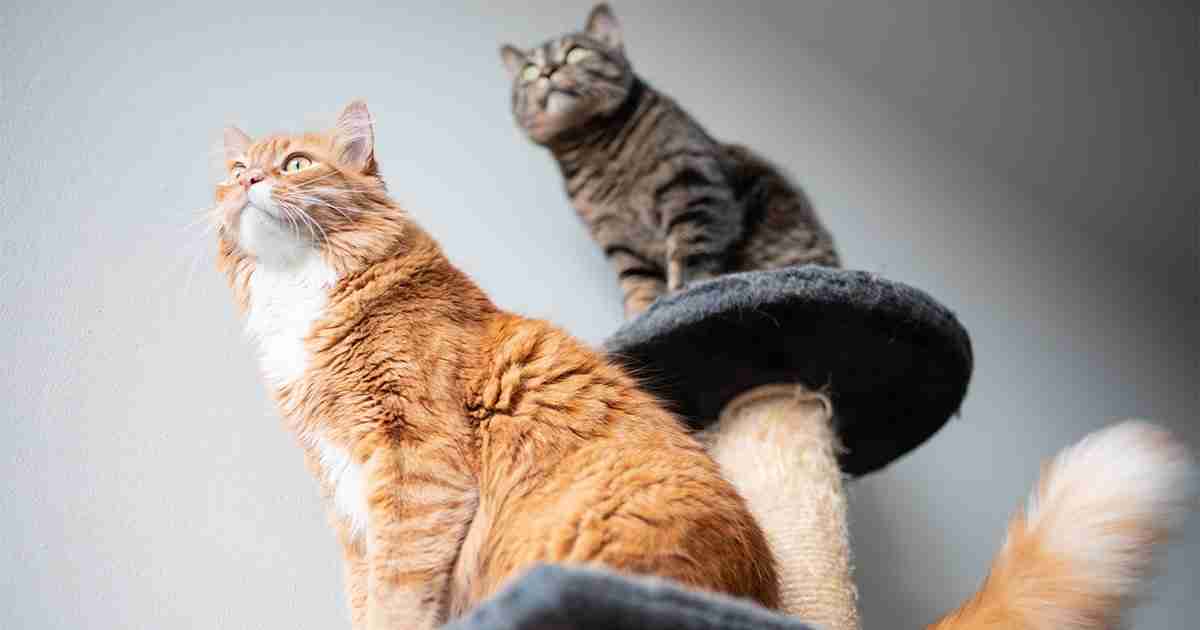Overweight cats: the ideal diet
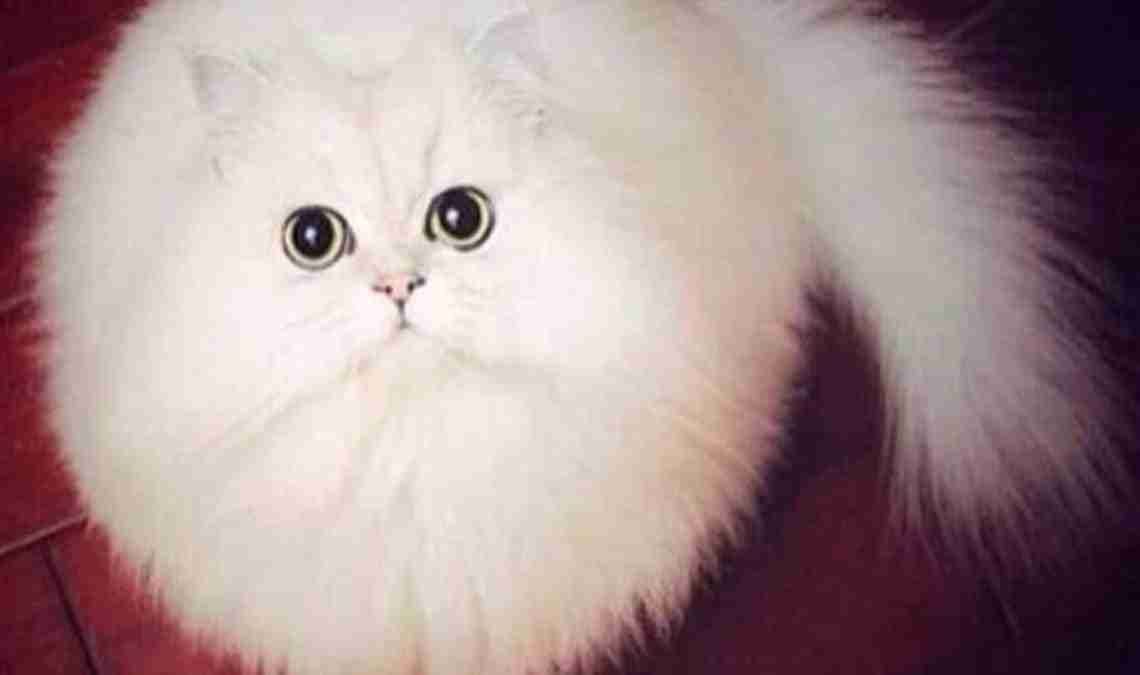
First, we must distinguish between an obese cat and an overweight cat
Obesity occurs when a cat's body weight is a lot higher than their ideal weight, fat tissue accumulation is particularly visible and the cat has difficulty moving. This situation could undoubtedly be the consequence of the owner's failure to control food intake but it could also be a sign of a primary disease such as hypothyroidism.Features of an obese cat:
– Ribs - difficult to perceive under a thick layer of fat
– Base of the tail - thickened and covered by a blanket of fat
– Side view - no waistline, fat hangs from the abdomen
– Top view - the back is greatly enlarged
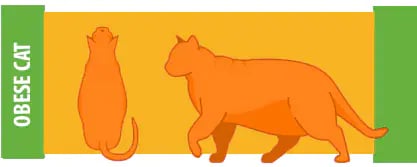
Treating an obese cat
In this situation, a "do it yourself" diet comprising periods of fasting is dangerous, to the point that the cat might run into serious problems. Here's why…If an obese cat is suddenly deprived of its daily ration of food, the fat contained in the tissues will be mobilised in order to produce energy; the fat pours in to the blood stream and liver and can cause a blockage. This phenomenon is called hepatic lipidosis and is very dangerous.So, when we are faced with the fact that our cat is no longer lean and agile, but more like a fur ball with legs, we must seek advice from a veterinarian, who will rule out any underlying medical conditions before creating a safe, low calorie meal plan for our pet.Fortunately, most cats are not obese, but just slightly overweight. You can tell by touching them: the ribs are barely palpable, hips are the same size as the stomach but the cat jumps and moves easily.Features of an overweight cat:
– Ribs - difficult to perceive under a blanket of fat
– Base of the tail - slightly thickened, you can feel the bones
– Side view - no waistline
– Top view - the waist is slightly thickened

Treating an overweight cat
Again, a "do it yourself" diet i.e. weighing the cat, buying a ‘light' food, checking the dosage on the label, and administering its ration may be a mistake.Here is some useful advice help get an overweight cat back into shape.If a cat weighs 6kg instead of 4kg, we must not give them the ration for a 6kg cat or the result will be to maintain the current weight. We should, instead, evaluate the dosing for a 4kg cat and that of a 6kg cat, and decrease the ration for the current weight to that of the target weight very gradually over a couple of months.Another important tip is to use more wet food than dry: the calories in wet food is generally much lower than dry food and gives a greater sense of fullness satisfaction, while also helping keep the cat hydrated naturally.Among the Almo Nature product lines that suit a weight-loss journey, are:– Wet foods: Classic - in particular the 'Light' line in 55g pouches and in 50g cans
– Dried foods: Orange Label kibble and Sterilised kibble
In general, the advice is not to wait for the cat to become obese, but to seek advise from your veterinarian at the first signs of a weight issue to discuss the proper food potions and combinations best suited for your cat.
